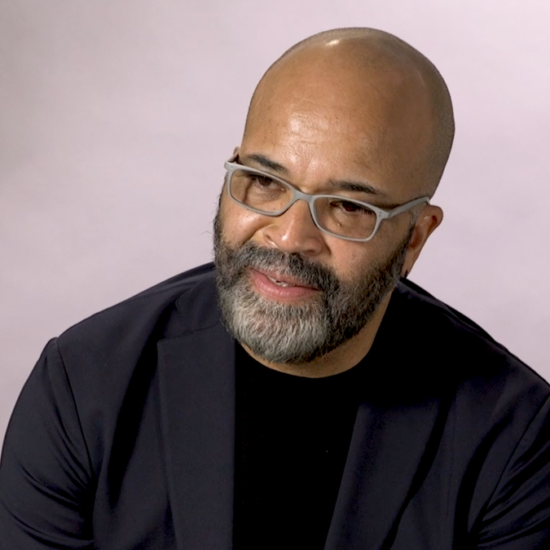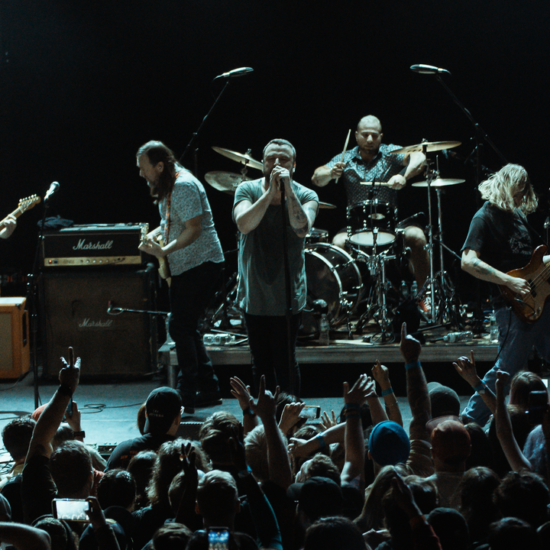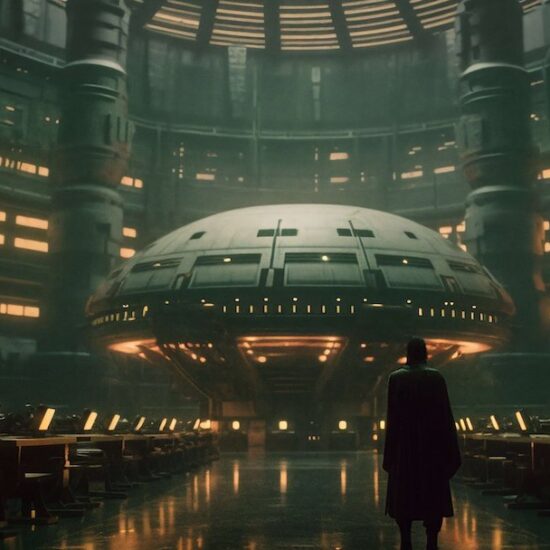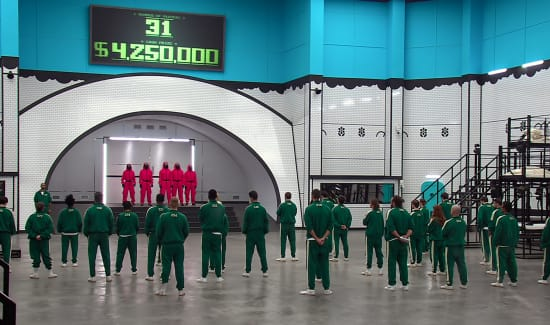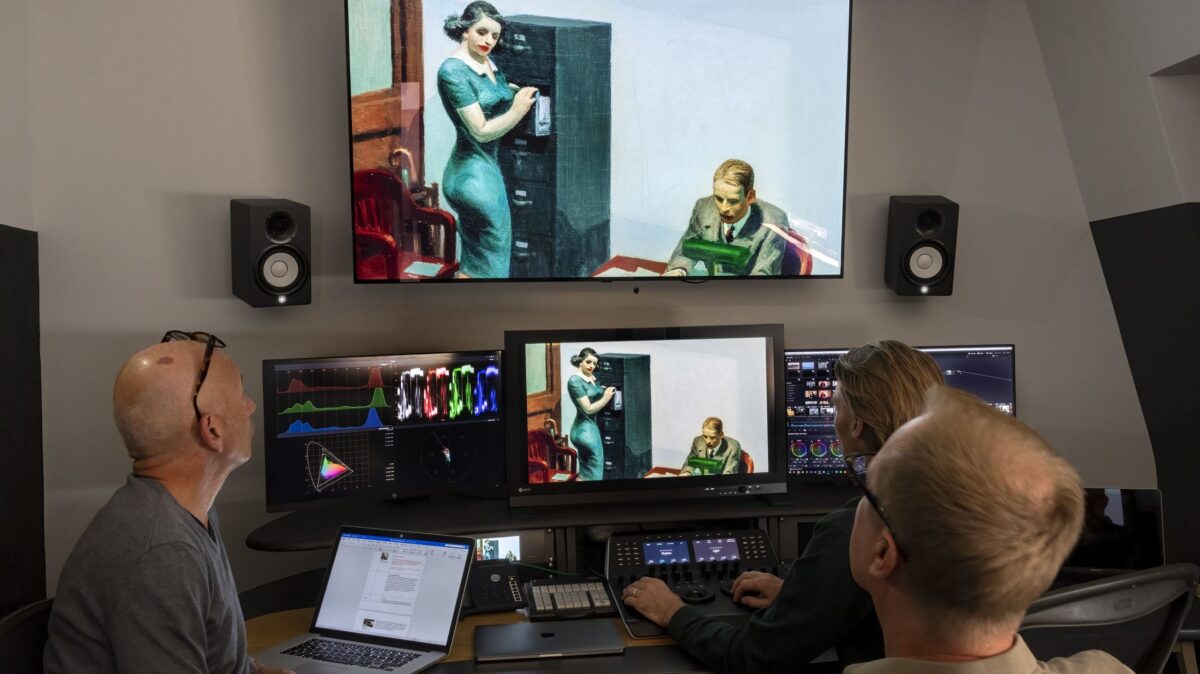
Directors Michael Cascio and Phil Grabsky’s documentary explores the relationships in Edward Hopper’s life, shaping some of America’s most famous paintings.
I was a fan of Edward Hopper well before this film. Attending many Hopper exhibits over the years, I found his work well-connected to modern American life. I attributed his popularity to this unique ability to reveal classic American themes. But was it really a reflection of Hopper himself? If so, why did his work continue to generate museum crowds in the 21st Century, well after his death in 1967? I wanted to know more about this most familiar, yet elusive, of artists. Who was Edward Hopper? And how did a struggling illustrator create such a bounty of accessible work? His influence is everywhere, but we know little about Hopper’s own influences.
This documentary came to life after I watched a short film by my friend Bob Burnett on Marshall’s House, the subject of one of Edward Hopper’s paintings, a house that still exists today on Cape Cod. Like many of Hopper’s works, the painting captures American architecture and celebrates sunlight – with no people in sight. It seemed odd to me. How could a painting of a house could evoke such mystery?
When our team began research, we quickly discovered a narrative that was stronger than we initially thought – the relationship between Edward and his wife Jo, who gives up her own career to manage her husband’s – a difficult assignment, given Edward’s taciturn temperament, but one that resulted in widespread acclaim for Edward. (Jo’s art is finally getting its own retrospective by scholars and museums.) The deeper we looked, the more we discovered how Hopper was shaped by his relationships, beginning with his early life in Nyack, New York, to Greenwich Village to Paris to Cape Cod and beyond. A longtime colleague, documentarian Phil Grabsky, had also begun preparations for a Hopper film. We joined forces, and the result is a film that sheds new light on Hopper’s enigmatic work and his complicated life.
– Michael Cascio, co-director and writer
•• ━━━━━ ••●•• ━━━━━ ••
Edward Hopper is one of history’s most influential artists, so often imitated by photographers, filmmakers, musicians and other artists. I was initially drawn in by the idea of a man who was cantankerous, monosyllabic and unpleasant, but what I’ve learned is that this is a very unfair summary of the man; that he is much more complicated and more grounded than that . . . he is a thoughtful artist and a master storyteller. I also discovered that you cannot understand Edward Hopper without understanding his wife, Jo. It is for this reason that, as research progressed, we changed the title to HOPPER: An American Love Story, alluding both to his love of American architecture and landscapes, and also to his relationship with Jo.
Hopper’s work was used more than any other artist during Covid, depicting isolation and loneliness, and his work is often interpreted in terms of the absence of crowds, companions, hustle and bustle etc. But I believe what Hopper was actually doing was showing people enjoying their solitude, taking a reflective moment of peace and quiet. His removal of crowds from his urban scenes allows us to focus on one person’s narrative.
On a personal level, although I left when I was very young, I’m a native New Yorker, and this added a fascinating layer for me: exploring the world that my father would have inhabited, the world in which he met and married my mother – another American love story without which this film would not have been made. This film has been a four-year project, and I want to extend my gratitude to the museums and galleries whose passion and enthusiasm have been invaluable.
– Phil Grabsky, co-director and writer










